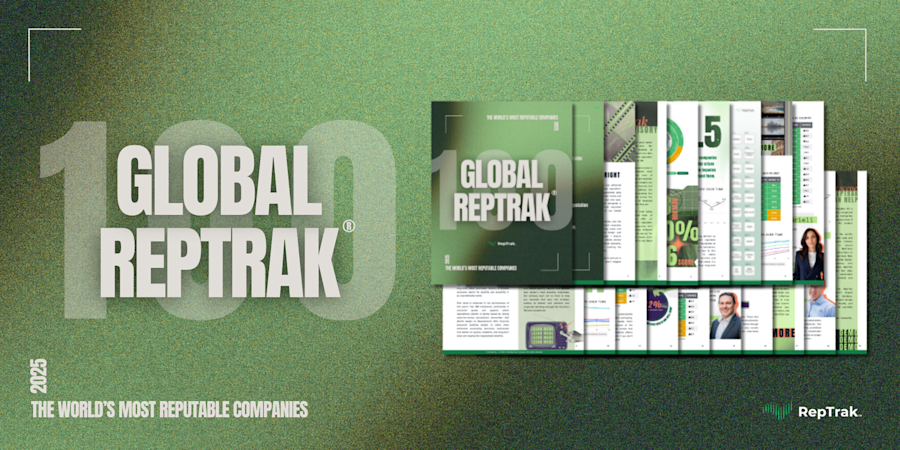How Much Does Your Target Audience Care About ESG Efforts?
Blog Post03 Mar, 2021
Every company speaks to a different target audience. Knowing when and how to communicate your company’s environmental, social, and corporate governance initiatives is crucial to get buy-in from each demographic. Your ESG communication affects people’s purchasing decisions, so you’ll want to make sure you’re saying the right things to the right people.
If you’re wondering why ESG is important, the answer is simple: It demonstrates your company’s values and priorities to the public. The more your audience knows about your ESG efforts, the better the public perception of your company. But before you dive into your ESG communication strategy, it’s essential to understand how much each factor matters to different demographics.
Who Cares the Most About ESG?
Over the past few years, consumers and other stakeholders have preferred to work with companies that prioritize talking about their ESG initiatives. About 25% of investments in 2019 were in ESG companies, and people increasingly demand companies do something about the issues that matter to them, including social justice, gender equality, and climate change, among others.
To find out how much other demographics care about companies’ environmental, social, and corporate governance initiatives, our data science team conducted a global ESG sentiment analysis. The higher the score, the more that group cares about environmental, social, or governance concerns. Here’s an overview of our results:
The general public cared slightly more about social (69.8) than environment (68.6) or governance (69.7).
Women prioritized environment (69.0), social (70.1), and governance (70.2) more than the general public.
Men value environment (68.4), social (69.8), and governance (69.6) less than the general public.
People ages 18 to 24 cared significantly less about environment (66.7), social (68.1), and governance (68.0) than the general public and other age groups.
Those ages 25 to 34 cared more about environment (69.1), social (70.3), and governance (70.1) than the general public and those younger than 25.
People ages 35 to 55 cared more about environment (69.6), social (70.7), and governance (70.6) than any younger group.
Interestingly, each demographic cared less about “E” than either “S” or “G.” In 2018, 48% of consumers said they would change their behavior to reduce their carbon footprint, with $128.5 billion spent on sustainable products that same year. Although the environment ranks lower in our ESG sentiment analysis, it was a factor that previously influenced consumer decision-making. This slight preference underscores why you need to understand how your target audience views ESG before developing an ESG communication strategy.
ESG Communication Matters
It’s not enough for your company to ideate ESG initiatives, run them by investors, and then call it a day. If you want to be successful, you need to communicate your ESG efforts to the public. And before you can talk about what you’re doing, you have to know which audience members care about which factors. This is where our ESG sentiment analysis comes in.
Talking about the environmental, social, and corporate governance good that you are doing might seem boastful, but your target audience wants to hear about what you’re doing to improve their lives (and the world as a whole). If you don’t showcase the heart behind your company, you risk becoming irrelevant and unprofitable.
When you communicate your ESG initiatives to the public, be honest and authentic; show people that your company truly cares about what it’s doing. Carefully identify which channels your target audience frequents, developing messaging that fits their interests accordingly. You’ll know your ESG communication strategy is working when it positively impacts the consumer perception of your company.
As a communications professional, you must stay on top of the rapidly changing landscape. ESG offers major opportunities for connecting with target audiences, but you have to know who you’re talking to and what you need to say. To discover more data that can information your ESG communications, click here to request a RepTrak demo.





